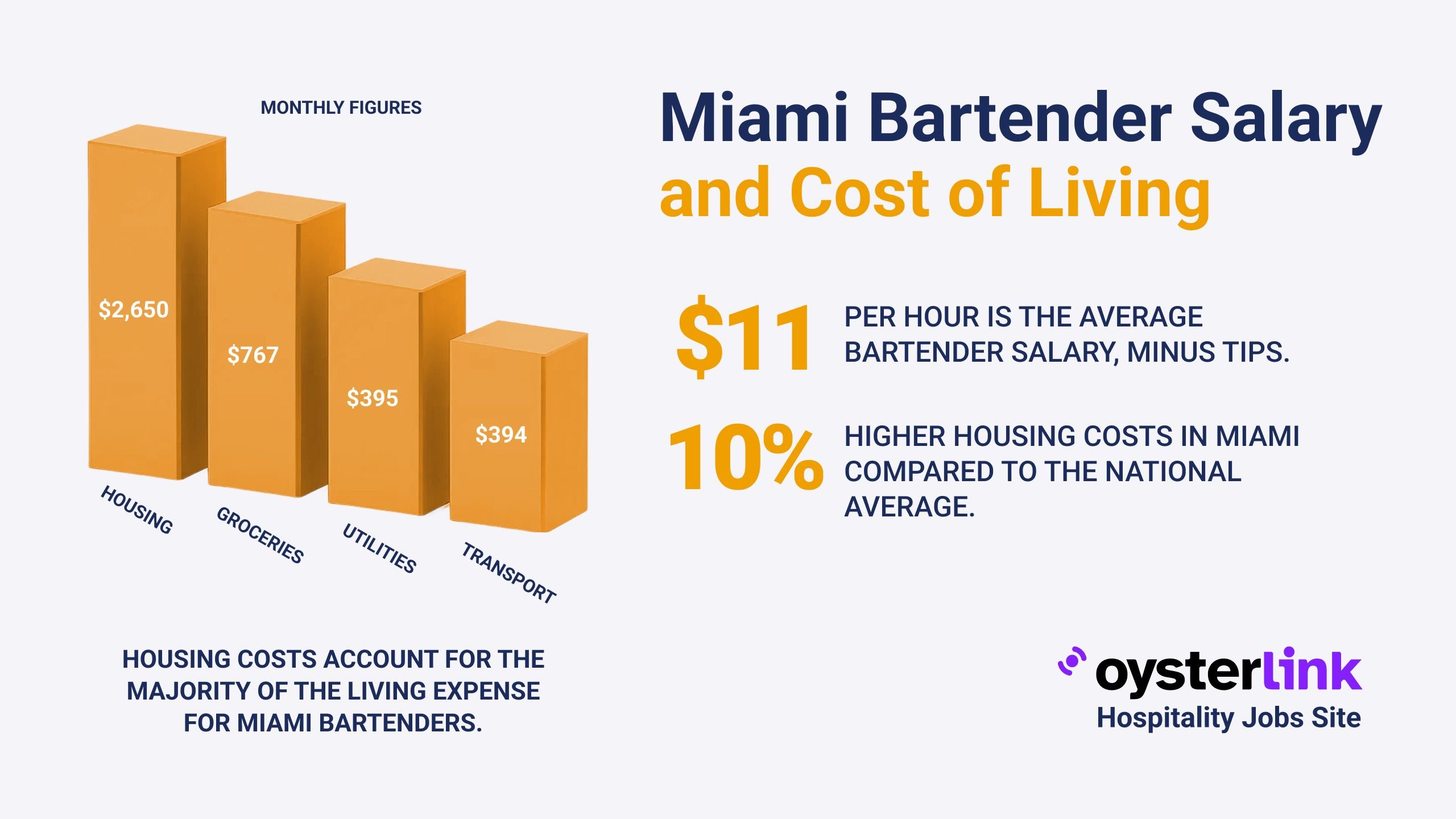How to Track and Report Tips: Tax Tips for Chef: Key Takeaways
- Chefs must keep daily records of all tips, including cash and non-cash, to comply with IRS rules.
- Tips of $20 or more per month must be reported monthly to your employer by the 10th of the following month.
- All reported tips are included on your W-2; unreported tips must be declared on tax returns using Form 4137.
Properly tracking and reporting your tips ensures tax compliance and helps you leverage new deductions available for tipped workers.
This guide covers practical steps for chefs to manage tip income reporting effectively.
Employers looking to streamline their processes can refer to tax tips for restaurant owners to improve compliance and management.
1. Daily Tip Tracking for Chefs
As a chef, maintaining a meticulous daily log of your tips is crucial. This includes all types of tips: cash, credit/debit card tips, and any tips received through sharing arrangements.
The IRS recommends using Form 4070A, "Employee's Daily Record of Tips," to record these amounts. If preferred, you can also use a digital app or a traditional tip logbook, but consistency and accuracy are key.
Record details such as the date, the amount of each tip, and its source to provide complete and reliable documentation for tax purposes.
Chefs can also explore chef job descriptions to better understand roles and responsibilities related to accounting and tip management.
2. Monthly Reporting of Tips to Your Employer
If you receive $20 or more in tips within a single calendar month, you are required by the IRS to report that amount to your employer by the 10th day of the following month.
This report should include identifying information such as your name, address, Social Security number, as well as your employer’s name and address, the month covered, and the total tip amount.
Form 4070, "Employee's Report of Tips to Employer," is designed for this purpose but a written record containing this information can suffice.
Employers interested in restaurant staff hiring strategies may benefit from this insight to ensure all tips are accurately reported and compliant.
3. Reporting Tip Income on Your Tax Return
Tips you report to your employer become part of your taxable wages and appear in Box 1 ("Wages, tips, other compensation") of your W-2 form.
When filing your tax return, ensure that the wages and tips reported align with those on your W-2.
If you have failed to report tips of $20 or more to your employer, you must report these additional amounts directly to the IRS using Form 4137, "Social Security and Medicare Tax on Unreported Tip Income." This form calculates the Social Security and Medicare taxes owed on this unreported income, which you are responsible for paying.
Those looking to understand employer tax responsibilities can check restaurant owner responsibilities for detailed guidance.
4. Understanding Your Employer’s Tax Withholding Responsibilities
Employers must withhold federal income tax, Social Security, and Medicare taxes on all reported tips in addition to the employee's wages. They are also responsible for paying the employer’s share of Social Security and Medicare taxes on these amounts.
If you work in a large food or beverage establishment, your employer is obligated to file Form 8027 annually. This form reports the total sales, charged sales, charged tips, and the total tips employees reported.
If the total tips reported are less than 8% of gross receipts, the employer may need to allocate additional tip income to employees, which can affect your taxable income.
For employers, it's helpful to review restaurant pay and immigration issues related to tax withholding and tip reporting.
5. Impact of the No Tax on Tips Act on Chefs
Starting July 4, 2025, the "No Tax on Tips Act" introduces a significant benefit for tipped workers, including chefs.
This act allows eligible workers in traditionally tipped occupations to deduct up to $25,000 in cash tip income from their federal taxable income each year from 2025 through 2028.
The deduction phases out for individuals earning over $150,000 and couples earning over $300,000 annually. It applies only to cash tips and excludes electronic or non-cash tips.
To better understand the impact of this legislation, employers and chefs can read more about no tax on tips and its implications.
6. Best Practices for Chefs to Track and Report Tips Accurately
To maintain compliance and ease tax reporting, chefs should follow these practices:
- Record tips daily using a reliable method such as IRS Form 4070A or a trusted app.
- Report tips totaling $20 or more monthly to your employer by the 10th day of the following month.
- Keep copies of all tip records and reports submitted to your employer for your records.
- Verify your W-2 forms at tax time to confirm all tip income is accurately reported.
- If you receive tips that were not reported to your employer, report them clearly on your tax return using Form 4137.
- Stay updated with legislative changes like the No Tax on Tips Act that could affect your tax liability.
Employers can also benefit from understanding restaurant staffing best practices to ensure tips are correctly tracked and reported across all positions.
7. Supporting Resources for Chefs on Tip Reporting
For more detailed guidance on tip income reporting, chefs can consult these official IRS resources:
- Publication 531, Reporting Tip Income
- Topic No. 761, Tips – Withholding and Reporting
- Instructions for Form 8027
Conclusion: How Chefs Can Effectively Track and Report Tips for Taxes
For chefs, accurately tracking and reporting tips is not only a legal requirement but also an opportunity to manage tax obligations and maximize deductions.
By maintaining detailed daily records, reporting tips timely to employers, and understanding IRS tax forms and new legislation, chefs can confidently meet tax compliance expectations.
Staying informed of laws such as the No Tax on Tips Act ensures you take full advantage of available benefits while avoiding penalties.
Chefs wanting to advance their career might explore useful resources such as chef interview questions to prepare for opportunities.

.png)

.png)
.jpg)